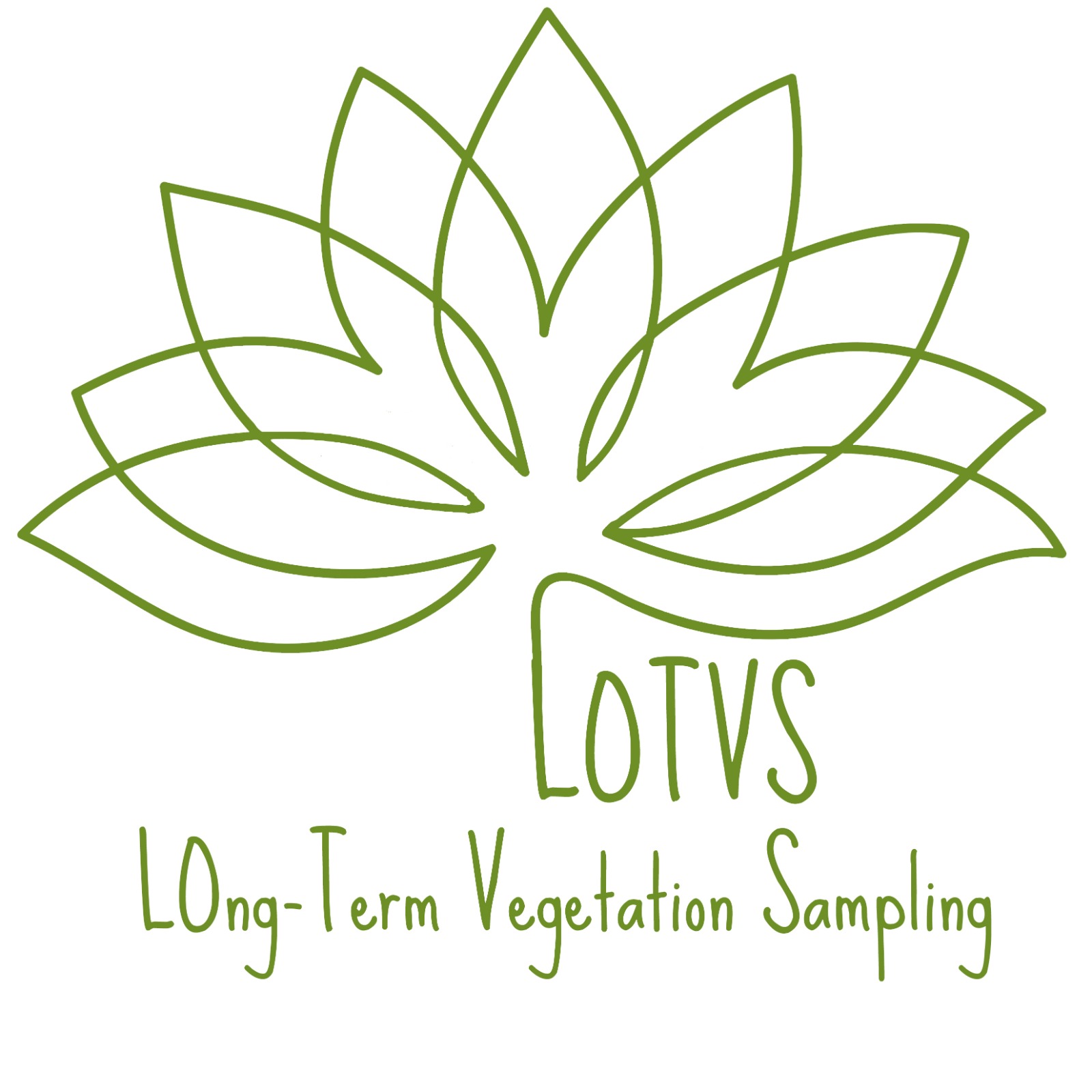Data
data used in the project
LOTVS dataset

LOTVS (Long-Term Vegetation Sampling) is a global collection of time-series vegetation data from mostly grasslands and shrublands, sampled for periods of 6 to a max. of 99 years (median length 16 years). Vegetation is yearly sampled in permanent plots (85% quadrats) with different sizes (80% spanning from 0.04 to 1.25 m2; 49% 1 m). LOTVS gathers data on vegetation biomass, plant cover, species composition and richness, and information on other variables affecting ecosystem stability (e.g. land-use intensity measured as grazing, herbivore exclusion, and fertilization). LOTVS thus offers a unique opportunity to analyse the influence of climatic extremes on stability over wide spatiotemporal extents and across different ecosystem types, namely tundra, boreal forests, temperate seasonal and rain forests, temperate grasslands, woodlands, and subtropical deserts. LOTVS is coordinated by Francesco de Bello.
Find more here.
HadEX3
HadEX3 is a global dataset of indices of climatic extremes. This 3rd version, which was released in 2020 by Dunn et al., updates former HadEX and HadEX2. Among the new features:
- indices computed for reference period 1981-2010;
- improved spatial resolution (3.75° x 2.5° longlat);
- ~ 37.000 weather stations involved;
- temporal extent: 1901-2018.
Currently, HadEX3 includes 30 among temperature- and precipitation-related indices. Some of them are available both at the monthly and annual resolution.
ERA-5 Land
The ERA-5 Land dataset is an enhancement of ERA-5 products. ERA-5 Land applies atmospheric forcing and altitude correction (aka ’lapse rate correction’) to improve the generation of land variables (find more here). Data can be freely downloaded as raster layers with ~ 0.08° resolution (9 km). ERA-5 Land data are available from 1950 to 2/3 months before present (yes, data are continuously generated!). The dataset comprises a large number of surface parameters, including important variables measuring soil moisture and evapotranspiration that can be used to compute accurate indices of drought.